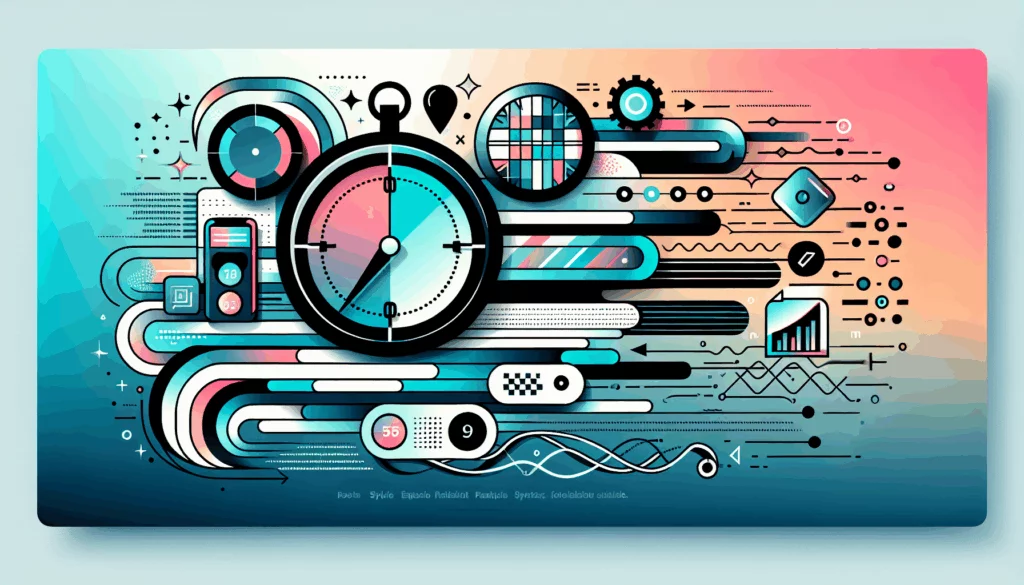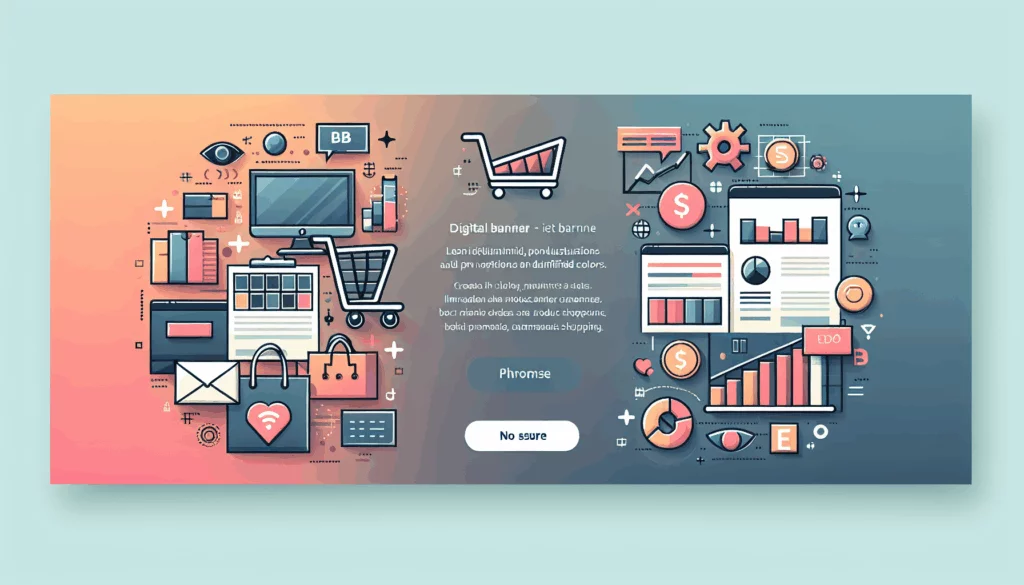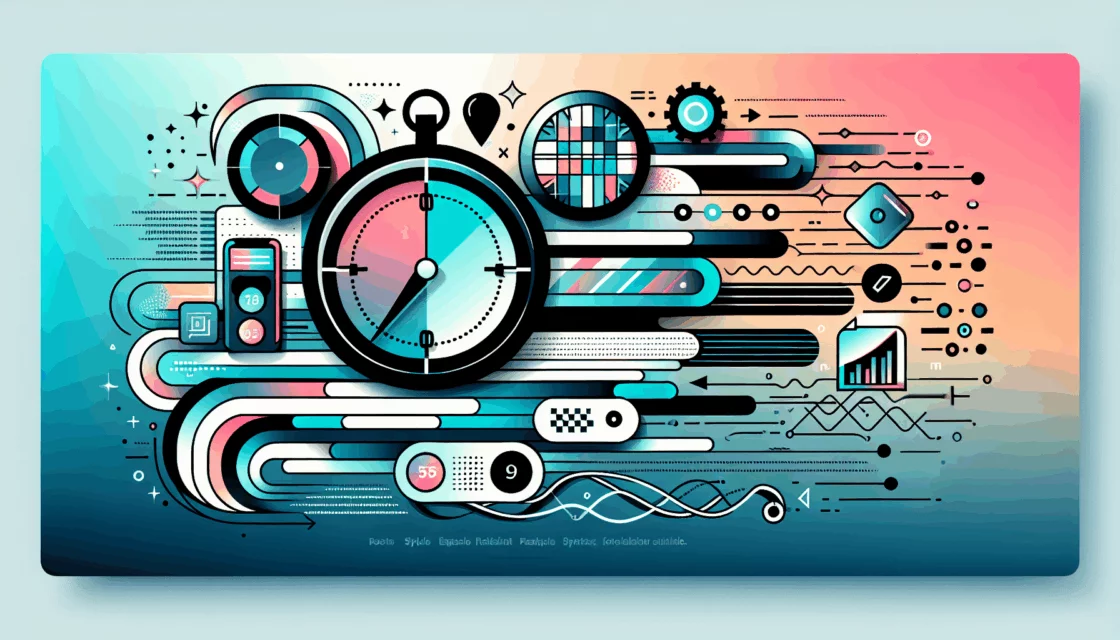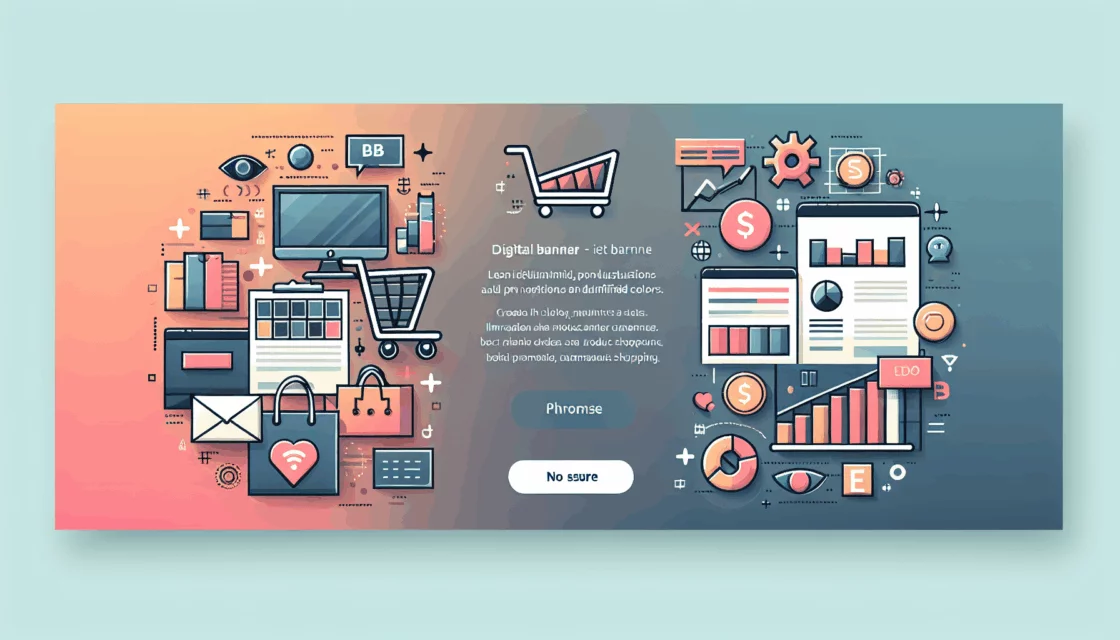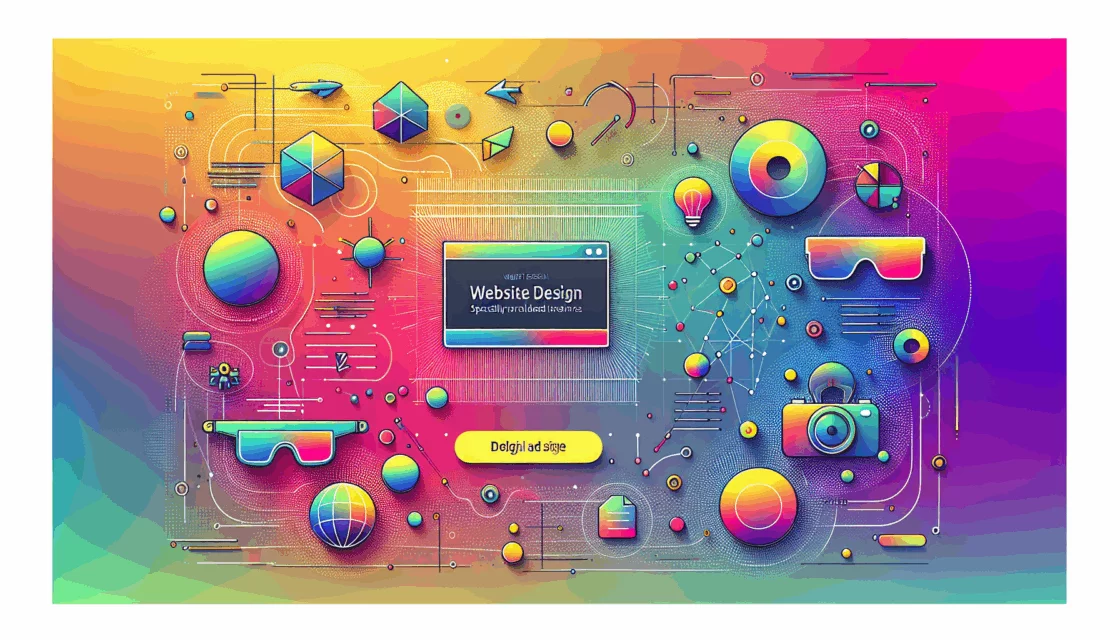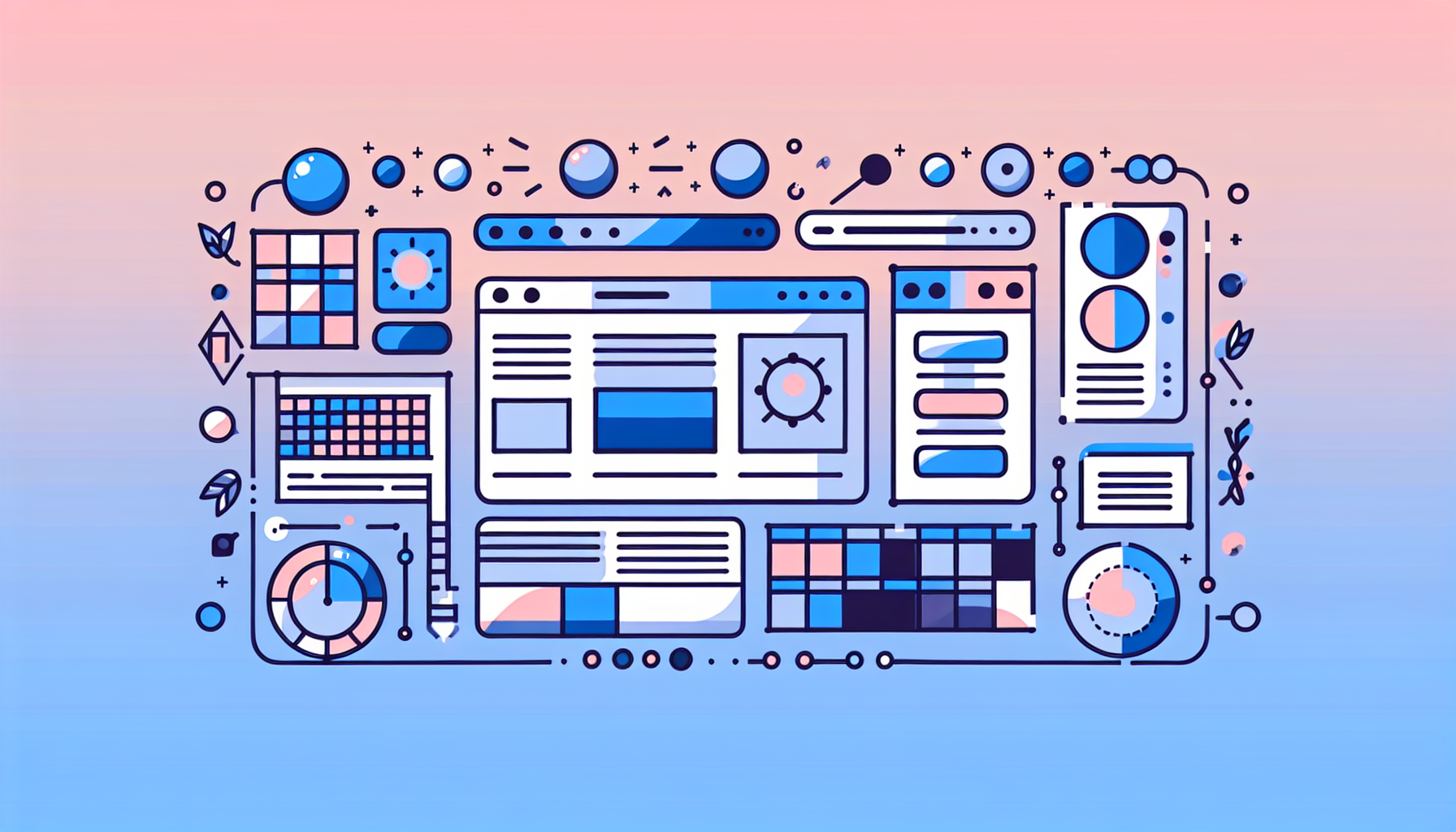
Creating an effective blog layout for content-heavy websites is a delicate balance between presenting a wealth of information and ensuring a seamless user experience. It requires careful consideration of design elements, content organization, and user engagement strategies. In this article, we will explore the key principles and best practices for designing content-heavy blog layouts that captivate and retain readers.
Crafting a User-Friendly Design
Content Layout and Hierarchy
A well-designed content layout is crucial for content-heavy websites. It should guide users through the site with ease, ensuring they can quickly find relevant information. A clear visual hierarchy helps prioritize content, making it easier for visitors to focus on the most important elements. For instance, websites like Variety use a large header with multiple links and a prominent main article section to streamline navigation and content discovery.
Readability and Typography
Readability is paramount for content-heavy websites. Choosing the right fonts is essential; sans-serif fonts are generally more readable on screens. Font sizes should be at least 16px for body text to ensure ease of reading. Line length and spacing also play a significant role in readability—ideally, lines should be between 50-75 characters long, with line spacing around 150% of the font size.
Enhancing Content Presentation
Use of Imagery and Graphics
Incorporating high-quality images, videos, infographics, charts, and graphs can significantly enhance the user experience on content-heavy websites. These visual elements should be relevant, optimized for web use, and strategically placed to support the content without causing distractions. For example, the blog Humans of New York effectively uses compelling images alongside engaging stories to captivate readers.
Grid Systems and Layout Patterns
Utilizing a grid system helps maintain a clean and organized layout, ensuring consistency across the site. Layout patterns like the F-pattern and Z-pattern can guide users’ attention to critical information. The F-pattern is particularly effective for text-heavy sites, as it aligns with how users typically scan web pages.
Strategies for Engagement and Navigation
Organizing Content for Easy Access
Organizing content into clear categories or buckets helps users quickly find relevant information. This approach simplifies the user experience by reducing clutter and making navigation more intuitive. For instance, RTI International organizes its vast content into easily accessible sections, enhancing user engagement.
Incorporating Calls to Action (CTAs)
Including compelling CTAs encourages users to engage further with the site. These should be strategically placed to prompt actions like subscribing to newsletters or exploring more content. Effective CTAs can significantly improve user interaction and conversion rates.
Real-World Examples and Case Studies
PrintMag: A Case Study in Content Organization
PrintMag is an excellent example of how to organize a large volume of content effectively. By highlighting main magazines and popular topics upfront, PrintMag simplifies the search process for users. This approach not only keeps the site visually appealing but also ensures that users can quickly find what they’re looking for.
BuzzFeed: Engaging Design for Content-Heavy Sites
BuzzFeed showcases a playful yet effective design strategy for content-heavy websites. By using vibrant colors and attention-grabbing shapes, BuzzFeed directs user attention effectively without overwhelming them. This approach demonstrates how design can enhance user engagement on content-heavy sites.
Optimizing Performance and Load Time
Page Load Time Considerations
Fast page load times are crucial for retaining users. Tools like Kinsta and WP Rocket can help optimize website performance by reducing load times. Optimizing images and using caching tools are essential strategies for maintaining a responsive site.
Conclusion and Next Steps
Designing effective blog layouts for content-heavy websites involves balancing aesthetics with functionality. By focusing on clear content hierarchy, readability, engaging visuals, and efficient navigation, you can create a site that not only presents a wealth of information but also captivates and retains users. For further assistance in crafting your ideal blog layout, consider reaching out to experts at Belov Digital Agency to explore how tailored solutions can elevate your content presentation and user experience.
Whether you’re looking to revamp an existing site or launch a new one, understanding these design principles can help you create a compelling and user-friendly blog that resonates with your audience. Explore more resources on Belov Digital Agency to discover how you can enhance your website’s design and performance.

